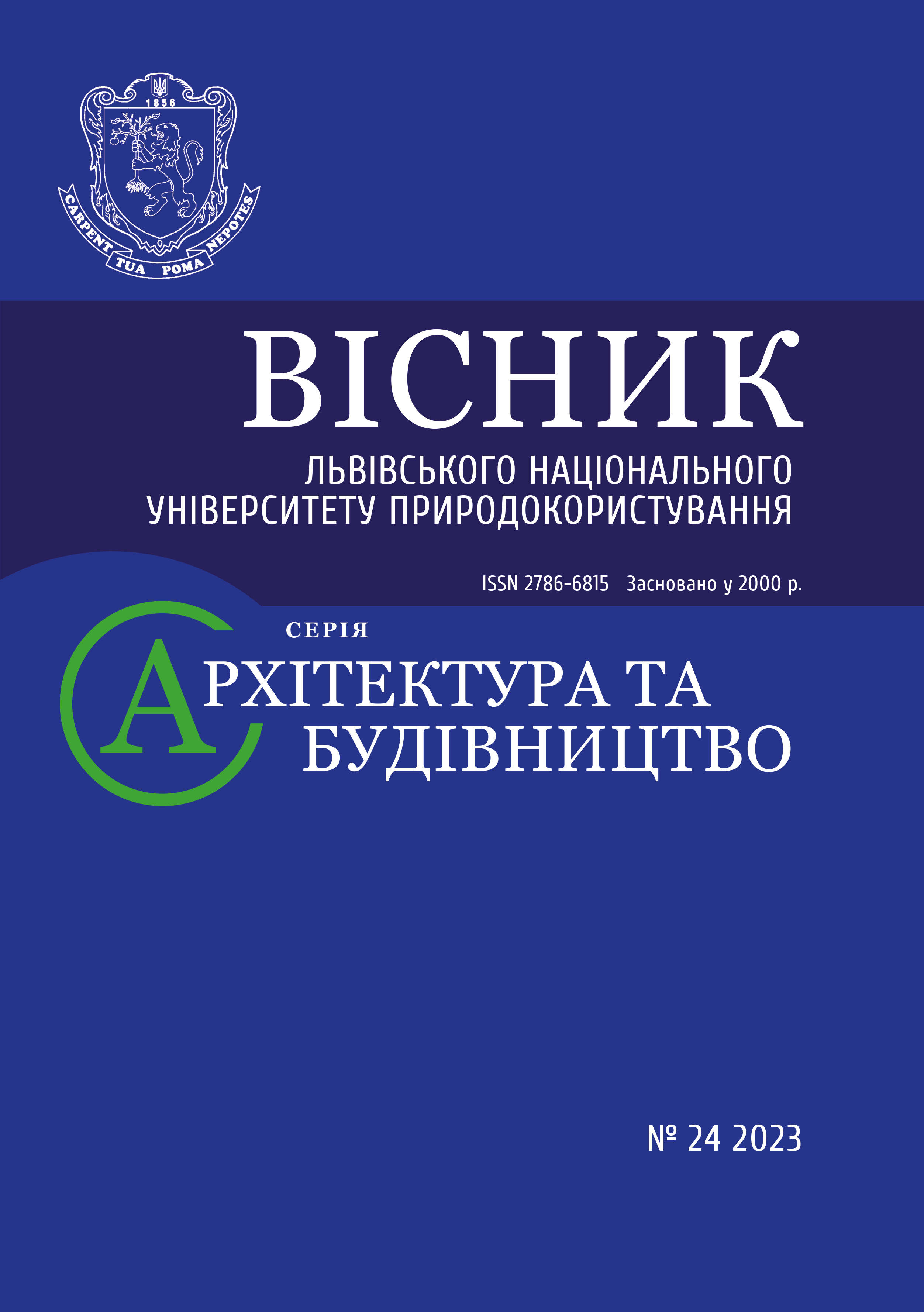STUDY OF THE DEFORMATION PROPERTIES OF THE CONCRETE MATRIX OF MODIFIED TEXTILE-REINFORCED CONCRETE
DOI:
https://doi.org/10.31734/architecture2023.24.009Keywords:
textile-reinforced structures, deformability, organic matters, ultra-small concentrationsAbstract
The article presents advantages of using textile materials for concrete reinforcement. The prospects of using textile-reinforced concrete to create structures of low weight and thickness are considered. It is shown that one of the main disadvantages of textile-reinforced concrete is in the significant difference between the elongation of the concrete matrix and the textile reinforcement, which does not allow to fully realize the strength and deformation properties of textile-reinforcing fibers. Therefore, improving the deformation properties of the concrete matrix of textile-reinforced concrete is an urgent task. The known methods of improving the deformation properties of the concrete matrix of textile-reinforced concrete are analyzed. The results of experimental studies of the deformation properties of the modified matrix of textile-reinforced concrete are presented. The modification was accomplished by using kneading water structured with organic matter applied in ultra-small concentrations. The specimens were made using Portland cement, mineral powder, fine aggregate, and structured kneading water. For the main quality indicator of the concrete matrix, the maximum deformation indicator was adopted. During the experiments, it was determined that the maximum deformations of modified concrete exceed the maximum deformations of conventional fine-grained concrete by 30% at optimal hydrocarbon content. It was found that the relative deformation of the modified concrete matrix decreases in length of time. This phenomenon can be successfully realized by using such concrete for the repair of reinforced concrete structures or the manufacture of monolithic structures. The article also presents results of the study of the mineral powder content impact on concrete deformation at optimal content of modifier. Iron ore enrichment wastes were used as mineral powder in the experiments. It has been found that under the conditions of the experiment, the mineral powder contributed to a significant reduction in the deformations of the resulting concrete under load.
References
Akhmednabiev R. M., Kaliman A. M., Kravchuk N. Yu. Effect of different fibers on the properties of fiber-reinforced concrete. Technical sciences – from theory to practice. Novosibirsk: SibAK, 2013. P. 34–36.
Bazhenov Yu. M. Concrete polymers. Moscow: Strojizdat, 1983. 472 p.
Dvorkin L. I., Bordiuzhenko O. M., Kovalchuk T. V. Fiber-reinforced concrete with composite dispersed reinforcement. Construction materials and products. 2019. No 1–2 (100). Р. 26–29.
Dvorkin L. I., Dvorkin O. L. Fundamentals of concrete study. SPb.: Stroj Beton, 2006. 692 p.
Guidance for the design of steel-fibre-reinforced concrete. Concrete Society Technical Report. 2007. P. 92.
High-strength fast-hardening concrete and fiber concrete: monograph / L. I. Dvorkin et al. Rivne: NUVHP, 2017. 331 p.
Naaman A. E. Engineered steel fibres with optimal properties for reinforcement composites. Journal of advanced concrete technology. 2003. No 1. P. 241–252.
Neutov S., Korneeva I. Influence of steel fiber on strength and deformative properties of fiber concrete. Bulletin of Odessa State Academy of Civil Engineering and Architecture. 2019. Vol. 76. P. 63–69.
Peled A. Pre-tensioning of fabrics in cement-based composites. Cement and Concrete Research. 2007. No 37. P. 805–813.
Reactive powder fiber-reinforced concrete with composite dispersed reinforcement / O. Bordiuzhenko, V. Savytskyi, B. Hnatyshyn, D. Vykhovskyj. Resource saving materials, constructions, buildings. 2019. Vol. 37. P. 11–17.
Satalkin A. V., Solntseva V. A. Cement-polymer concrete. Moscow: Strojizdat, 1971. 223 p.
Shyshkina A. High strength concrete for composite materials. Bulletin of Kryvyi Rih National University. 2022. 54. P. 42–46.
Shyshkina A., Shyshkin A. Application of the easy concentration effect in concrete technology. Innovative Technology in Architecture and Design (ITAD 2020). IOP Conf. Series: Materials Science and Engineering. 2020.
Shyshkina A., Shyshkin A., Domnichev A. Concrete with a mixed aggregate and structured water. Norwegian Journal of development of the International Science. 2020. Vol. 1. No 51. P. 49–53.


